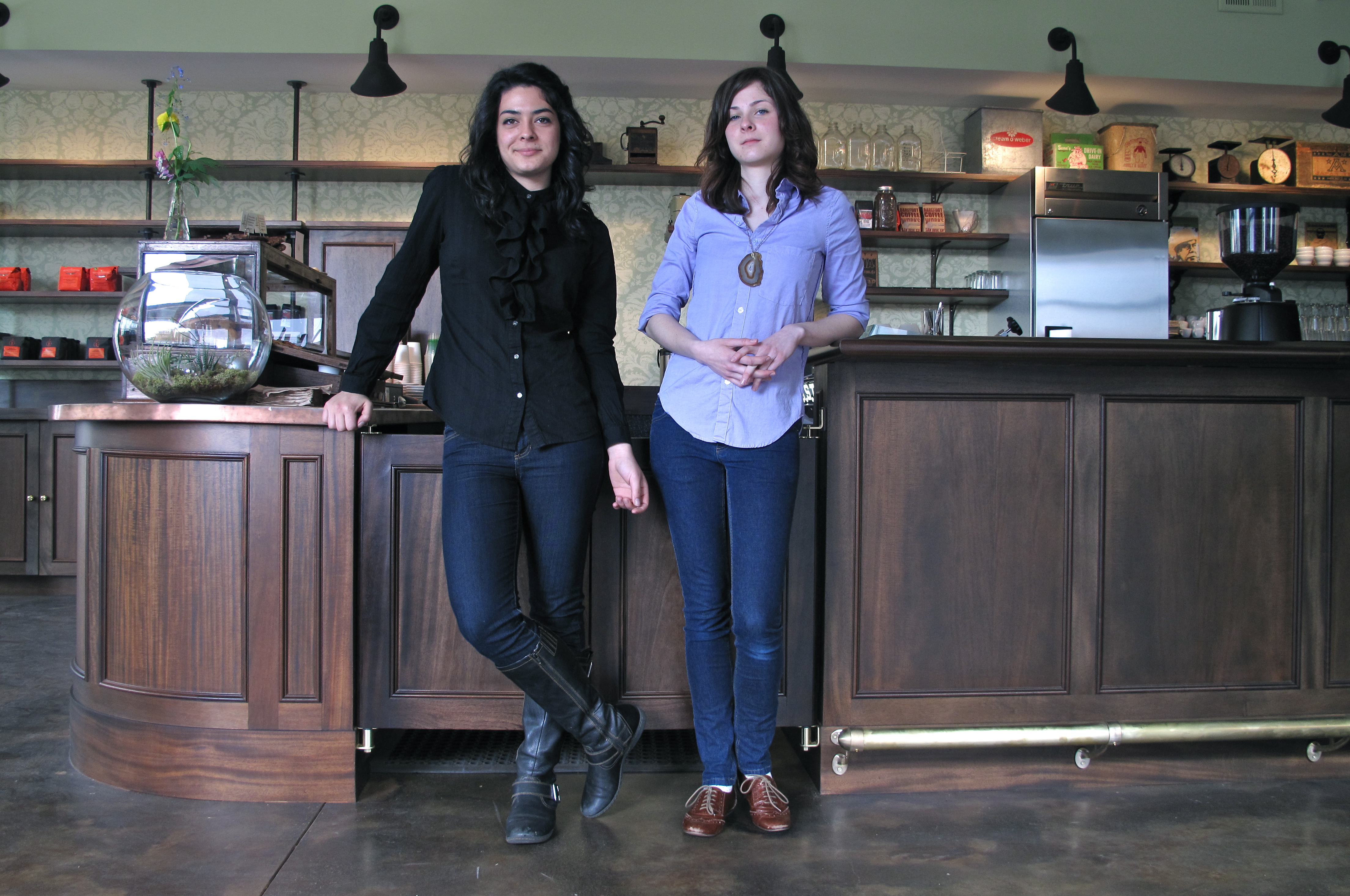Making Homelessness Rare, Brief and One-time
King County is the economic engine of the Pacific Northwest. Some of the world’s most prosperous companies, abundant natural beauty and influential hubs of creativity and entrepreneurship lie within the county’s borders. King County encompasses booming places like Seattle and Bellevue, and the county’s cities and towns are among the most diverse and populous in the state of Washington.
But for all of the prosperity within the region, the county is experiencing a homelessness crisis. In 2015 alone, nearly 10,000 people are experiencing homelessness on any given day (up from about 8,000 people in 2005), and nearly 40% of those people are unsheltered. On average, people are homeless for more than 100 days, and they return to homelessness after being housed almost 20% of the time.
Racial disparities are stark, with Native Americans seven times more likely to experience homelessness than whites, and African Americans five times more likely. These disheartening statistics help us to quantify the size of the problem, but what shouldn’t be lost is the human component of the crisis. These people are our neighbors, our families, our youth, our veterans—and they deserve better. We can and we must do better.
What are some of the root causes behind this increase in homelessness? Regional and national issues of housing affordability, growing economic inequality, a diminishing state and federal safety net, and even population growth, have vastly expanded the problem. A recent national study showed that in urban areas like Seattle, every $100 increase in average monthly rents raises the homeless population by 15% in urban areas, and 39% in suburban and rural areas. With rents skyrocketing locally in recent years, about 5,000 people become newly homeless in King County every year.
However, significant steps have been taken to combat homelessness in King County. Ten years ago, All Home (formerly the Committee to End Homelessness [CEH]), along with other stakeholders, came together to alleviate homelessness. Since then nearly 40,000 people have moved into stable housing, with 85% of those remaining housed for at least two years. All Home created 6,300 homes for the homeless; Seattle and King County now rank among the best cities and counties in the country for number of housing units dedicated for the homeless.
But despite these efforts, the problem persists. There are even more people on the streets than there were 10 years ago. That is why All Home embarked on a nearly yearlong period of re-evaluating and refocusing the work, mission and brand of this unprecedented coalition. They’ve taken stock of the lessons learned over the last decade, considered the changes at the local and national levels in proven effective strategies, and used new methods of data collection to develop a four-year strategic plan that is dedicated to an ambitious but attainable goal: making the experience of homelessness in King County rare, brief, and one-time.
All Home—as CEH is now called—has redoubled their commitment to forging a community-wide partnership that brings together:
local governments;
religious institutions;
non-profits;
philanthropic organizations;
shelter and housing providers;
the private sector;
and engaged citizens, all in a coordinated effort that both responds to the immediate crisis of homeless individuals and addresses the root causes of the problem..
The good news is that the homelessness crisis is solvable. After years of effort, we know the solutions, and we can make a real difference if we adopt the proven strategies outlined in the All Home plan. Housing is a much smarter investment than the alternatives—emergency room visits, jail stays, emergency shelter. A focus on individualized approaches and implementation of a robust housing-first strategy can make homelessness a brief and one-time experience.
Through a focus on homelessness prevention and a commitment to creating more permanent supportive housing for the disabled, and other data-driven strategies, we can make homelessness rare. The smartest approach is to stop homelessness before it starts. Providing housing assistance to those who are at greatest risk for entering homelessness before the crisis occurs makes a huge difference in keeping people from spiraling into the type of housing catastrophe that leads to homelessness. All Home is working closely with community initiatives to target their investments toward those communities where the need—and the opportunity—is the greatest.
All Home is also engaging in advocacy to drive a community-wide effort to push for federal, state and local policies and funding to increase the affordable housing stock for very low-income households. Because of King County’s incredibly competitive housing market, we need to do more to help the formerly homeless obtain and retain homes. All Home’s innovative OneHome campaign, launched earlier this year, is a groundbreaking alliance with landlords who have agreed to open up units to prospective tenants with rental barriers who might normally be passed over in the screening process in exchange for certain incentives, such as covering the cost of an eviction, to landlords.
The faster we can get homeless people into housing, the better, for them and for the taxpayer. The traumatic experience of homelessness makes a person’s other problems—like mental illness or substance abuse—worse. That’s why strategies like rapid rehousing are so important: they dramatically shorten each individual’s experience of homelessness and reduce the chance that the person will return to homelessness after being housed. Rapid rehousing approaches are being used effectively all across the country, and the model has shown impressive outcomes. In King County, All Home’s program is designed to quickly transition individuals and families experiencing homelessness into permanent housing by offering housing search and stabilization services, short term rental and move-in assistance, and individualized employment assistance. Solidifying the rationale for this approach is that it has been shown over and over that housing people experiencing homeless is actually less expensive than not housing them, due to decreased emergency room, police, and jail costs.
The thread that binds all of this work together is that homelessness is not somebody else’s problem. It’s everyone’s problem. One of the key lessons learned over the last decade is that tackling the problem of homelessness must be a community-wide effort. There are many things you can do to help, whether that is volunteering at a local shelter or homeless service organization, using web development skills or other professional expertise to support a nonprofit, or Just Saying Hello to those living outside. The more people who believe that all people should have a home, the more likely it will become a reality. All Home is an inclusive movement that seeks to activate, engage and connect people in compassionate and thoughtful action, in ways both large and small, all of which will make a difference in addressing the crisis of homelessness.
Homelessness is solvable, and by acting together as a community, all people can have a home.
***
To learn more about the strategies included in All Home’s new plan, please visit www.allhomekc.org.


